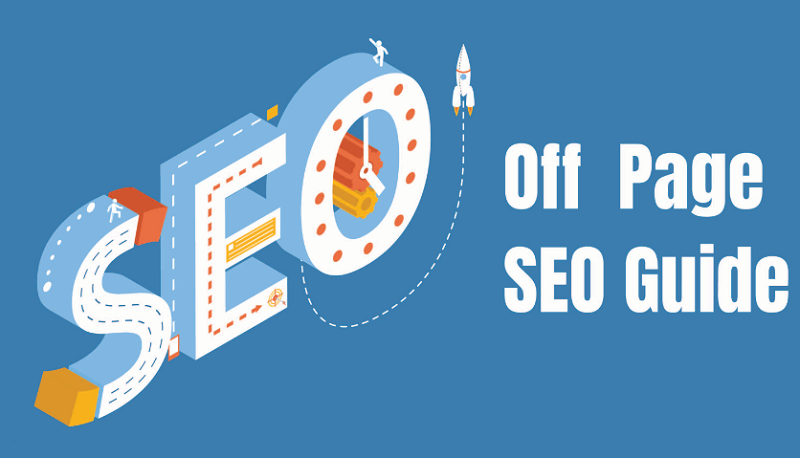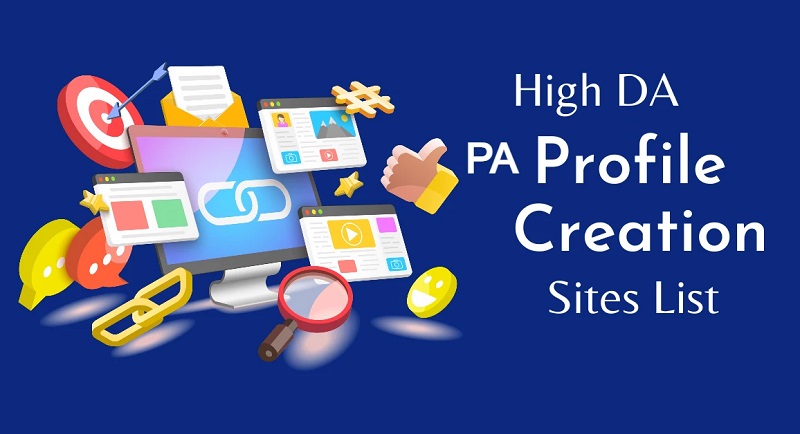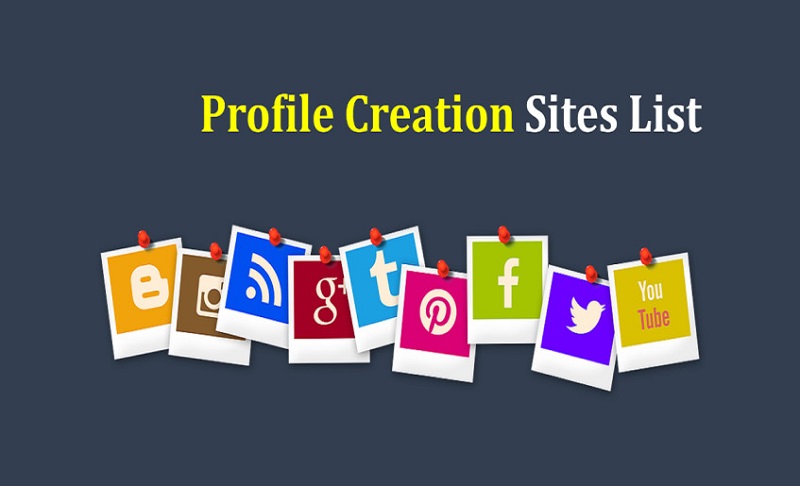In today’s digital landscape, having a strong online presence is crucial for businesses and individuals alike. One of the key elements in achieving online success is optimizing your website for search engines. By focusing on on-page SEO ranking factors, you can significantly improve your website’s visibility in search engine result pages (SERPs) and attract organic traffic. In this article, we will delve into the world of on-page SEO ranking factors, exploring strategies, techniques, and best practices to boost your website’s search engine rankings.
What Are On-Page SEO Ranking Factors?
Before we dive into the specifics, let’s start by understanding what on-page SEO ranking factors are. On-page SEO refers to the optimization techniques implemented directly on your website’s pages to improve its visibility and ranking on search engines. These factors include various elements such as content, meta tags, headings, URL structure, internal linking, and more. By optimizing these factors, you can enhance the relevance, usability, and overall performance of your website, making it more attractive to search engines and users alike.
Understanding Technical On-Page SEO Ranking Factors
On-page SEO ranking factors refer to the various elements and techniques that can be optimized within your website to improve its search engine rankings. These factors primarily focus on optimizing the content, structure, and HTML elements of your web pages. By understanding and implementing these factors, you can enhance your website’s visibility, attract more organic traffic, and ultimately improve your online success.
15 Important On-Page SEO Ranking Factors You Must Need To Know In 2023
In the fast-paced digital world, staying on top of search engine rankings is crucial for businesses. One of the key aspects of achieving higher visibility and attracting organic traffic is implementing effective on-page SEO strategies. On-page SEO refers to the optimization techniques applied directly to a website to improve its search engine rankings. In this article, we will explore 15 important on-page SEO ranking factors that you need to know in 2023. Let’s dive in!
1. Introduction:
In the competitive online landscape, on-page SEO plays a vital role in determining the visibility and success of a website. By understanding and implementing the following 15 on-page SEO ranking factors, you can optimize your website to achieve higher search engine rankings and attract more targeted traffic.
2. Keyword Research and Optimization
Keywords are the foundation of on-page SEO. Thorough keyword research helps identify the terms and phrases your target audience is searching for. By strategically incorporating these keywords into your website’s content, meta tags, and headings, you can increase your chances of ranking higher in search engine results pages (SERPs).
3. High-Quality and Engaging Content
Content is king when it comes to on-page SEO. Producing high-quality, informative, and engaging content is essential for attracting and retaining visitors. Search engines value fresh, original content that provides value to users. By creating content that answers users’ questions and satisfies their search intent, you can enhance your website’s visibility and credibility.
4. Title Tags and Meta Descriptions
Title tags and meta descriptions are HTML elements that provide concise information about a webpage’s content. Optimizing these elements with relevant keywords and compelling descriptions can significantly impact click-through rates from search engine result pages. Well-crafted title tags and meta descriptions can entice users to click on your website and improve its visibility in search results.
5. Heading Tags (H1, H2, H3, H4)
Heading tags, such as H1, H2, H3, and H4, structure your content and make it more readable for both users and search engines. These tags break down your content into sections and help search engines understand the hierarchy and relevance of the information on your page. Including keywords in your heading tags can further optimize your content for search engines.
6. URL Structure
An organized and user-friendly URL structure is vital for on-page SEO. URLs that are concise, descriptive, and include relevant keywords make it easier for search engines and users to understand the content of a webpage. Avoid long, complex URLs with unnecessary parameters and use hyphens to separate words in your URLs for better readability and SEO.
7. Image Optimization
Images can enhance the visual appeal of your website and engage users. However, they can also impact page load times if not optimized correctly. By compressing images, using descriptive file names, and adding alt tags, you can improve your website’s overall performance and make it more accessible to search engines.
8. Internal Linking
Internal linking involves connecting different pages within your website through hyperlinks. This practice helps search engines discover and index new pages, establishes a hierarchy of importance, and distributes link equity throughout your site. By strategically interlinking relevant pages, you can improve user navigation, enhance the crawling and indexing process, and boost the overall SEO of your website.
9. External Linking
External links, also known as outbound links, are links that point from your website to other authoritative and relevant sources. By including external links to reputable websites, you provide additional value to your users and signal to search engines that your content is trustworthy and well-researched.
10. Mobile Optimization
With the increasing use of mobile devices, mobile optimization is crucial for on-page SEO. Ensure that your website is mobile-friendly and responsive, adapting seamlessly to different screen sizes. Mobile optimization not only improves user experience but also contributes to higher search engine rankings, as search engines prioritize mobile-friendly websites.
11. Page Loading Speed
Page loading speed directly affects user experience and SEO. Slow-loading pages frustrate users and can lead to high bounce rates. To enhance page loading speed, optimize image sizes, minimize HTTP requests, leverage browser caching, and utilize content delivery networks (CDNs). A faster website improves user satisfaction and search engine rankings.
12. User Experience (UX) and Website Design
User experience and website design play a significant role in on-page SEO. A well-designed, user-friendly website with intuitive navigation, clear calls to action, and easy accessibility enhances user experience. Search engines prioritize websites that provide a positive user experience, resulting in higher rankings.
13. Social Signals
Social signals refer to social media engagement and the impact it has on your website’s visibility. Sharing your content on social media platforms and encouraging social interactions can amplify its reach and increase the likelihood of attracting backlinks. A strong social media presence and engagement can positively influence your website’s on-page SEO performance.
14. SSL Security
Website security is crucial for user trust and SEO. Implementing SSL (Secure Sockets Layer) encryption on your website ensures that the data transmitted between users and your site remains secure. Search engines prioritize secure websites, and having an SSL certificate can give you an edge in search engine rankings.
15. Schema Markup
Schema markup is a structured data vocabulary that provides search engines with additional information about your website’s content. By implementing schema markup, you can enhance your search engine listings with rich snippets, which can increase click-through rates and improve visibility in search results.
Top On-Page SEO Optimization Checklist with Guides and Tips
These are just some of the on-page SEO ranking factors that you can optimize for. By optimizing your website for these factors, you can improve your chances of ranking well in SERPs and attracting more visitors to your website. Here are 15 on-page SEO ranking factors that you can optimize for to improve your website’s ranking in search engine results pages (SERPs):
- Keyword research and optimization: This involves choosing the right keywords to target and using them throughout your website content, including your title tags, meta descriptions, headers, and body text.
- Content quality: Your content should be high-quality, informative, and relevant to the keywords you’re targeting. It should also be well-written and easy to read.
- URL structure: Your URLs should be short, descriptive, and easy to remember. They should also include your target keywords.
- Meta descriptions: Meta descriptions are the short snippets of text that appear below your website’s title in SERPs. They should be informative and persuasive, and they should include your target keywords.
- Header tags: Header tags (H1, H2, H3, etc.) are used to structure your website content and help search engines understand the meaning of your pages. They should be used appropriately and include your target keywords.
- Image optimization: Your images should be optimized with alt text and file names that include your target keywords.
- Internal linking: Internal linking is the practice of linking to other pages on your website from within your content. This helps search engines crawl and index your website more effectively, and it can also help improve your rankings for related keywords.
- Technical SEO: Technical SEO refers to the technical aspects of your website that can affect its ranking in SERPs. This includes factors such as website speed, mobile-friendliness, and security.
- Domain authority: Domain authority is a measure of how well-respected your website is by search engines. It is calculated based on a number of factors, including the number and quality of backlinks to your website.
- Backlinks: Backlinks are links from other websites to your website. They are a signal to search engines that your website is credible and authoritative.
- Social media signals: Social media signals are the number of shares, likes, and comments that your website content receives on social media platforms. They are a signal to search engines that your content is popular and engaging.
- User engagement: User engagement is the amount of time that users spend on your website and the number of pages that they view. It is a signal to search engines that your website is providing value to users.
- Bounce rate: Bounce rate is the percentage of visitors who leave your website after viewing only one page. A high bounce rate can indicate that your website is not providing value to users.
- Time on page: Time on page is the average amount of time that visitors spend on your website. A high time on page can indicate that your website is providing value to users.
- Conversion rate: Conversion rate is the percentage of visitors who take a desired action on your website, such as making a purchase or signing up for a newsletter. A high conversion rate can indicate that your website is effective at converting visitors into customers.
It is important to note that the importance of each of these factors can vary depending on the specific keyword you’re targeting and the competition for that keyword. However, all of these factors are important for improving your website’s overall SEO performance.
FAQs About On-Page SEO Ranking Factors
Q. How long does it take to see results from on-page SEO optimization?
The timeline for seeing results from on-page SEO optimization can vary depending on various factors such as the competitiveness of the keywords, the quality of content, and the frequency of updates. Generally, it may take a few weeks to several months to see noticeable improvements in search engine rankings.
Q. Are on-page SEO ranking factors more important than off-page SEO factors?
Both on-page and off-page SEO factors are important for overall search engine optimization. While on-page factors focus on optimizing the website’s content and structure, off-page factors involve external signals like backlinks. A well-rounded SEO strategy should consider both aspects for optimal results.
Q. Should I prioritize mobile optimization over desktop optimization?
As mobile usage continues to grow, prioritizing mobile optimization is crucial. With search engines giving preference to mobile-friendly websites and users increasingly accessing the internet through mobile devices, ensuring a seamless mobile experience is essential for on-page SEO success.
Q. How often should I update my website’s content for better SEO?
Regularly updating your website’s content can benefit your SEO efforts. Aim to provide fresh and relevant content to your audience, whether through blog posts, articles, or updates to existing pages. Consistent updates signal to search engines that your website is active and can contribute to improved rankings.
Q. Is it necessary to hire an SEO professional for on-page optimization?
While hiring an SEO professional can be beneficial, you can also implement on-page optimization techniques on your own. Educate yourself about best practices, stay updated with industry trends, and utilize SEO tools to enhance your website’s on-page SEO. However, for complex or technical aspects, seeking professional assistance can be advantageous.
Conclusion
Optimizing your website for on-page SEO is essential for improving its search engine rankings, attracting organic traffic, and increasing visibility in 2023. By understanding and implementing the 15 important on-page SEO ranking factors discussed in this article, you can stay ahead of the competition and achieve better results. Remember to regularly monitor your website’s performance, adapt to algorithm updates, and continuously optimize your on-page SEO strategies for maximum success.




